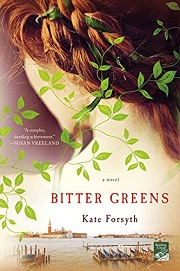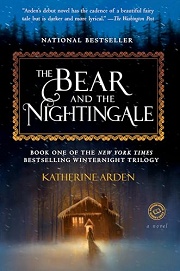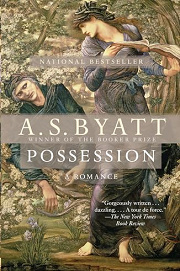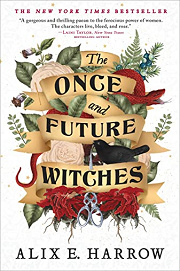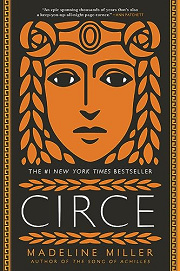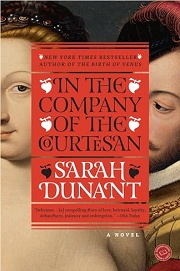Share your thoughts in a quick Shelf Talk!
Bitter Greens by Kate Forsyth
From the glittering salons of Renaissance Venice to the shadowed corridors of a French chateau, three women’s lives knot around a forbidden tower and a tale told in whispers. A famed courtesan, a determined storyteller, and a girl imprisoned by her own radiant hair each fight for freedom against seduction, power, and superstition. Bitter Greens braids historical intrigue with dark fairy-tale magic into a lush, provocative journey about the stories that bind—and liberate—us.
Have you read this book? Share what you liked (or didn’t), and we’ll use your answers to recommend your next favorite read!
Love Bitter Greens but not sure what to read next?
These picks are popular with readers who enjoyed this book. Complete a quick Shelf Talk to get recommendations made just for you! Warning: possible spoilers for Bitter Greens below.
In Bitter Greens, did you enjoy ...
... the historically grounded, fairy‑tale retelling that threads real folklore through a young woman’s fate?
The Bear and the Nightingale by Katherine Arden
If what captivated you in Bitter Greens was the way Margherita’s Rapunzel tale draws power from older stories and superstition—just as Charlotte‑Rose reimagines them in Louis XIV’s France—then Arden’s The Bear and the Nightingale will feel like opening another secret door. Set in medieval Rus’, it blends household spirits and winter demons with a girl’s coming‑of‑age, much like how Selena Leonelli’s witchcraft and the tower reshape Margherita’s life. You’ll get that same sense of old myths breathing inside a vividly real past—and a heroine who refuses the role others write for her.
... braided timelines and embedded texts that reveal hidden lives across centuries?
Possession by A.S. Byatt
The nested tales in Bitter Greens—Charlotte‑Rose’s exile to a convent, Margherita’s captivity, and La Strega’s Venetian origins—echo through Byatt’s layered mystery of scholars excavating a clandestine Victorian love affair. Like the way Charlotte‑Rose’s own life reframes the Rapunzel story, Possession uses letters, poems, and discovered documents to unlock a buried narrative. If you loved how one story in Bitter Greens opens into another—and how each text changes what you think you know—this literary treasure hunt delivers that same unfolding magic.
... interleaved women’s perspectives bound by witchcraft, rebellion, and reclaimed stories?
The Once and Future Witches by Alix E. Harrow
If the alternating voices of Charlotte‑Rose, Margherita, and Selena Leonelli drew you in—each woman shaping and reshaping the Rapunzel myth—Harrow’s novel gives you a chorus of sisters whose viewpoints braid into one spell. Folkloric rhymes and lost "spells" function like the tales Charlotte‑Rose collects, empowering women in a hostile world. The shifting perspectives build momentum the way Bitter Greens does: each chapter refracts the others until the women’s stories fuse into a single, defiant legacy.
... a fiercely human, female‑centered retelling that reclaims a maligned “witch”?
Circe by Madeline Miller
Were you moved by Selena Leonelli’s transformation—from courtesan and muse in Venice to the feared La Strega—and how Bitter Greens grants her a devastating, human history? Circe similarly reclaims a woman called a witch and monster, giving her voice, agency, and hard‑won power. As with Charlotte‑Rose’s hard choices at the Sun King’s court and Margherita’s struggle in the tower, you’ll follow a woman carving her fate against gods, men, and stories that would define her.
... sensuous, meticulously rendered Renaissance Italy—especially its courtesan culture and Venetian intrigue?
In the Company of the Courtesan by Sarah Dunant
If the lush historical texture of Bitter Greens enthralled you—the gilded peril of Louis XIV’s court, the convent’s strictures, and especially Selena Leonelli’s Venetian world shaped by art and desire—Dunant’s portrait of a famed courtesan and her clever companion in Venice will immerse you just as deeply. The canals, salons, and studios feel as immediate as Titian’s brushstrokes that haunt Selena’s past, delivering the same rich atmosphere and intimate political currents you loved.
Unlock your personalized book recommendations! Just take a quick Shelf Talk for Bitter Greens by Kate Forsyth. It’s only a few questions and takes less than a minute.
